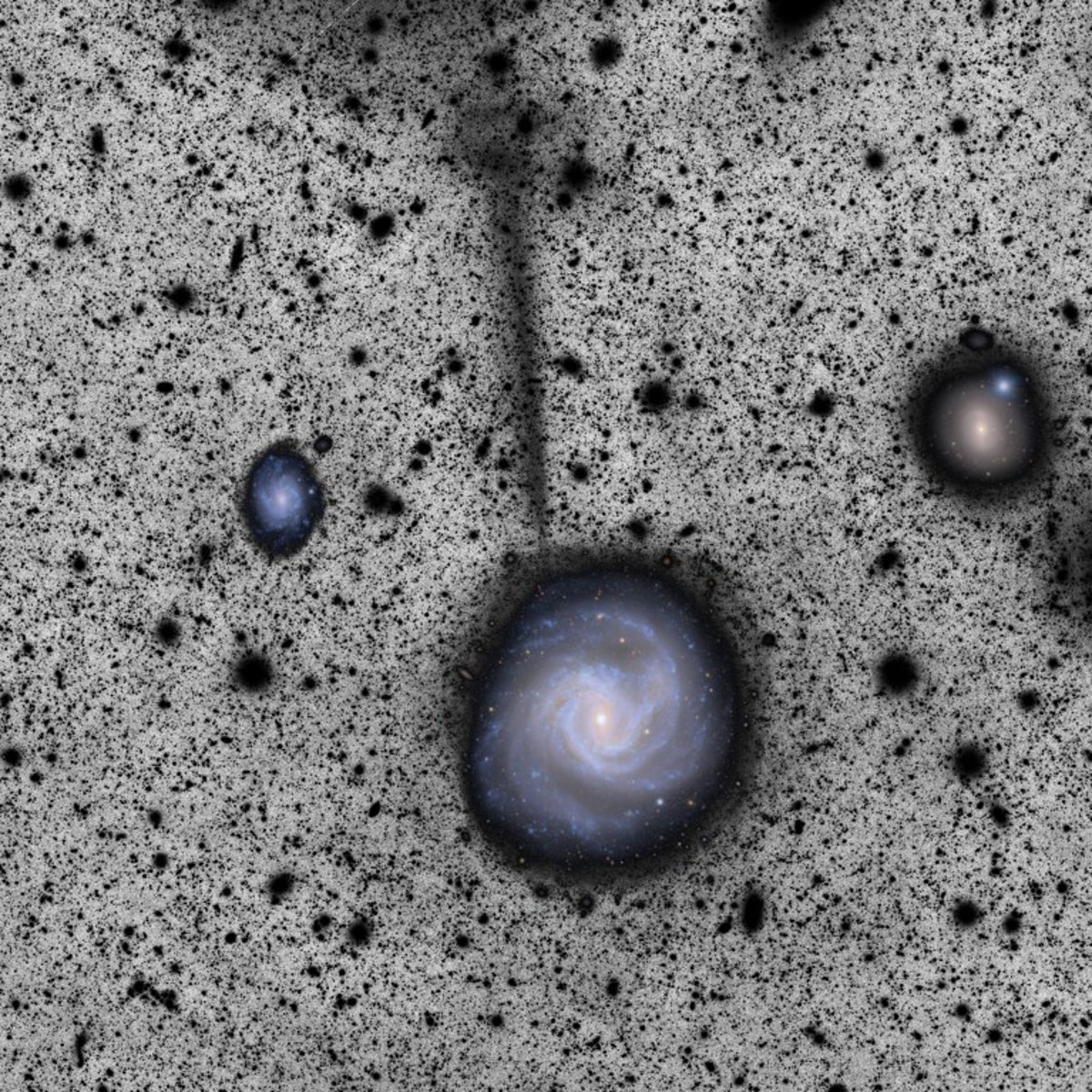
"Mere months after its long-awaited debut, the Vera C. Rubin Observatory is beginning to deliver on its promise to rewrite cosmic history. The observatory's colossal camera perched atop a mountain in Chile has yet to begin its official scientific survey. But just by perusing its first test image, astronomers have uncovered a surprise: a trail of light called a stellar stream extending from a well-known galaxy, suggesting that the galaxy once tore apart a much smaller one."
"The galaxy, named Messier 61, was first spotted in 1779 in the Virgo Cluster of galaxies and has caught the gaze of astronomers ever since. Hosting a slew of supernovae and churning out new stars at a surprisingly high rate, Messier 61 is what's known as a starburst galaxy owing to its bounty of stellar activity. Astronomers have enlisted some powerhouse telescopes including the James Webb Space Telescope and the Hubble Space Telescope to unravel the galaxy's structure."
The Vera C. Rubin Observatory's first test image revealed a faint stellar stream extending from the galaxy Messier 61, indicating a past interaction in which the galaxy tore apart a smaller companion. The observatory's large camera on a Chilean mountaintop captured the trail of light before the official survey began. This is the first stellar stream identified with Rubin and suggests many similar faint features will be discovered. Messier 61 is a starburst galaxy with numerous supernovae and rapid star formation. Telescopes including the James Webb and Hubble Space Telescopes have previously probed the galaxy. The discovery was reported in the Research Notes of the American Astronomical Society.
Read at www.nature.com
Unable to calculate read time
Collection
[
|
...
]